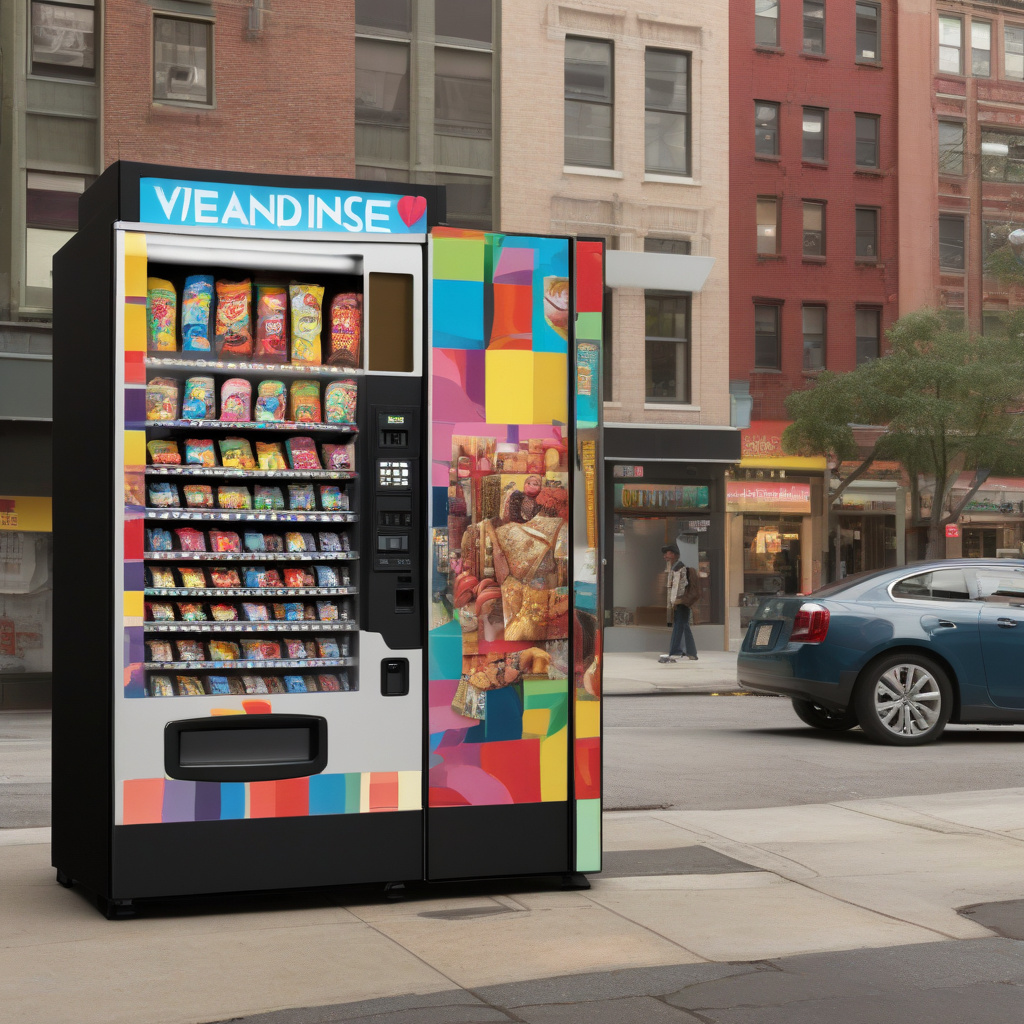The Rise of Mini Prints: How Vending Machines are Revolutionizing the Art Market
In the age of digital marketing and e-commerce, the art world is not exempt from innovation and disruption. One particular trend that has been making waves recently is the rise of mini prints dispensed through vending machines. What started as a quirky concept has now turned into a full-blown craze, captivating art enthusiasts and collectors alike.
These vending machines, often found in trendy cafes, galleries, and even on the streets, offer a convenient and novel way to purchase affordable art. By simply inserting a few coins or swiping a card, customers can walk away with a small but unique piece of art in hand. This blend of accessibility and novelty has struck a chord with consumers, leading to a surge in popularity for mini prints.
From illustrations and photographs to digital art and graphic designs, mini prints come in a variety of styles and themes to cater to diverse tastes. Artists, both emerging and established, have embraced this format as a way to reach a broader audience and make their work more accessible to the public. For collectors, these mini prints represent an affordable entry point into owning original art pieces and discovering new talents.
The success of vending machine mini prints can be attributed to several factors. One key aspect is the element of surprise and serendipity that comes with purchasing art from a vending machine. Unlike traditional art galleries where pieces are carefully curated and displayed, vending machines offer a sense of spontaneity and unpredictability. Customers never know what they might get, adding an element of excitement to the buying experience.
Moreover, vending machine mini prints tap into the growing demand for experiential retail. In an era where consumers crave unique and Instagrammable experiences, these vending machines provide a perfect photo opportunity for art lovers. The act of purchasing a mini print from a vending machine becomes a memorable moment that is worth sharing on social media, further fueling the craze and attracting more customers.
From a business perspective, vending machine mini prints present a lucrative opportunity for artists, gallery owners, and retailers. The low production costs and minimal space requirements make it a cost-effective way to sell art and generate additional revenue. By strategically placing vending machines in high-traffic areas, businesses can capitalize on impulse purchases and drive foot traffic to their establishments.
As the trend of vending machine mini prints continues to gain momentum, it raises interesting questions about the future of art consumption and distribution. Will vending machines eventually replace traditional art galleries? Or will they coexist as complementary channels for buying art? While it’s too early to predict the long-term impact, one thing is certain – vending machines have disrupted the art market in a way that is both unexpected and exciting.
In conclusion, the rise of vending machine mini prints represents a fascinating intersection of art, technology, and commerce. By leveraging the power of digital marketing and e-commerce, artists and retailers are reimagining the way art is bought and sold. Whether you’re a seasoned collector or a casual art enthusiast, vending machine mini prints offer a fun and accessible way to engage with art in the digital age.
art market, vending machines, mini prints, digital marketing, e-commerce
